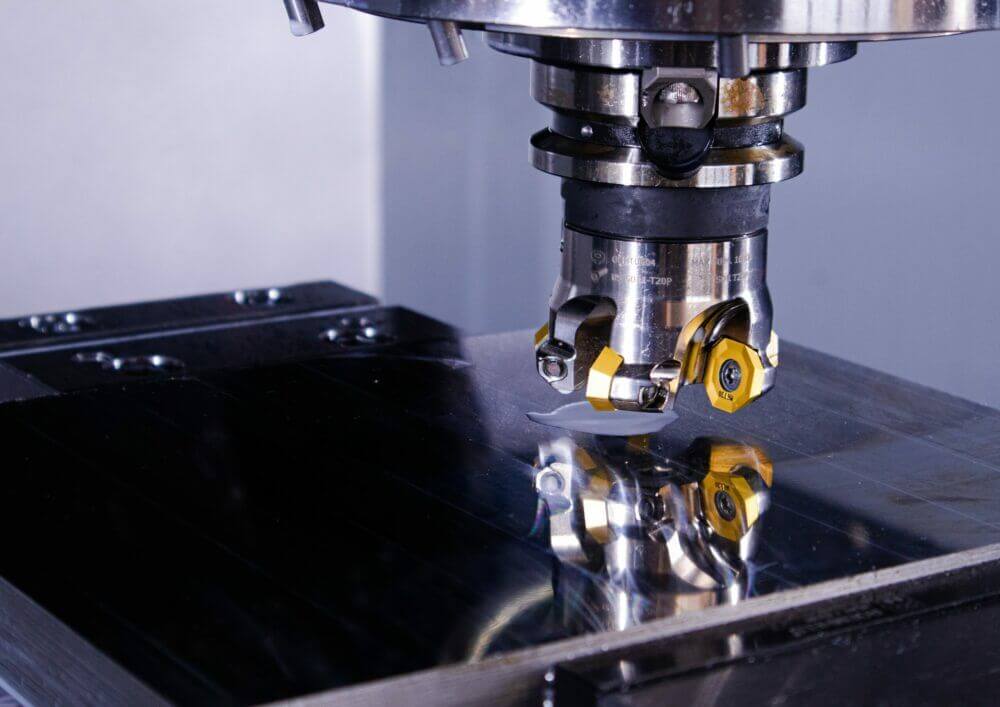The world of Industrial IoT is rapidly evolving, bringing about significant changes across various sectors. This article delves into the latest trends that are shaping the future of industry and how businesses like exporters and importers can leverage these advancements. At the heart of these changes is the move towards greater efficiency, connectivity, and automation.
Often intertwined with concepts like Industry 4.0 and smart manufacturing, Industrial IoT trends signify pivotal shifts that organizations must adapt to in order to remain competitive. Companies across the globe are harnessing these technologies to optimize their operations and reduce costs.

1. What is Industrial IoT?
Industrial Internet of Things, or IIoT, refers to the application of internet-connected devices within industrial settings. These devices enable machine-to-machine interaction and data exchange, enhancing productivity and decision-making processes.
Key Components
- Smart sensors and actuators
- Data analytics platforms
- Cloud-based data management systems
2. Importance of IoT in Industries
The ability to connect devices and gather real-time data presents numerous opportunities for industries to improve their workflow, safety, and energy efficiency. This breakthrough in data collection and analysis drives predictive maintenance capabilities.
These connections foster a self-monitoring network, which is crucial for large-scale operations in production and logistics, essential for [Supply Chains – Future of Global Supply Chains](https://blinternationalcompany.com/blog/the-future-of-global-supply-chains-how-smart-manufacturing-is-changing-the-game/).
3. Advanced Analytics and AI
One of the prominent trends in Industrial IoT is the integration of advanced analytics and artificial intelligence. Utilizing these technologies helps in anticipating equipment failures, thus reducing downtime and enhancing productivity.
Role of AI in IoT
AI algorithms assist in drawing insights from vast data sets, facilitating real-time decision-making processes and driving innovation in manufacturing [Prototyping Innovations](https://www.outdesign.co/single-post/a-guide-to-prototyping-for-hardware-startups).
4. Enhanced Connectivity via 5G
The introduction of 5G technology is revolutionizing industrial IoT by providing faster, more reliable connectivity. This advancement ensures seamless interaction between devices, an essential factor for expanding IoT applications.
5. Cybersecurity Concerns and Solutions
With increased connectivity comes the risk of cyber threats. Industries are now prioritizing robust cybersecurity measures to safeguard their IoT environments. This involves employing advanced encryption and continuous monitoring of device networks.
Safeguarding Industrial Systems
- Implementing comprehensive security protocols
- Regularly updating software and firmware
- Employee training on cybersecurity best practices
6. Role of Digital Twins
Digital twins, virtual replicas of physical systems, are a transformative trend in Industrial IoT. They enable real-time monitoring and simulation of processes, providing valuable insights into system performance and potential improvements in [Circuit Simulation Tools](https://blinternationalcompany.com/blog/circuit-simulation-tools-2/).
7. IoT and Sustainability
The integration of IoT technologies contributes to more sustainable industrial practices. By optimizing resource use and enhancing efficiency, IoT helps industries minimize their environmental footprint, a crucial aspect in Sustainable Electronics [Greener Electronics](https://blinternationalcompany.com/blog/sustainable-electronics-building-a-greener-future-in-manufacturing/).
8. IoT and Supply Chain Management
Industrial IoT trends are reshaping how supply chains operate by improving visibility and traceability. Through real-time asset tracking and predictive logistics, businesses enhance decision-making processes and customer satisfaction, vital for [Supply Chain Innovations](https://blinternationalcompany.com/blog/the-future-of-global-supply-chains-how-smart-manufacturing-is-changing-the-game/).
9. Challenges in IoT Adoption
While there are numerous benefits, the adoption of Industrial IoT also presents challenges such as high implementation costs, complexity of technology, and integration with existing systems.
Overcoming Challenges
- Investing in skilled personnel
- Choosing scalable IoT solutions
- Collaborating with technology partners
10. Future Prospects
The future of Industrial IoT promises even greater advancements in automation, connectivity, and data integration. Industries that effectively adopt these technologies will likely see improved efficiency and profitability.

FAQs
What is the primary benefit of Industrial IoT?
It significantly enhances operational efficiency through data-driven decision-making and predictive maintenance.
How does AI influence Industrial IoT?
AI processes extensive data, providing insights that facilitate real-time interventions and optimizations.
Why is cybersecurity crucial for Industrial IoT?
Ensuring secure data transmission and device integrity protects organizations from potential cyber threats.


